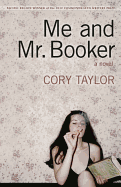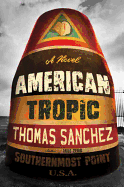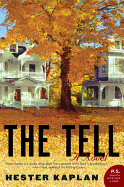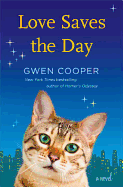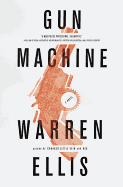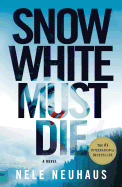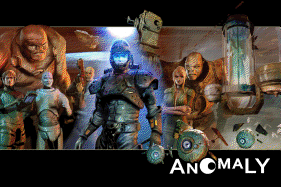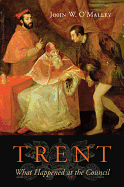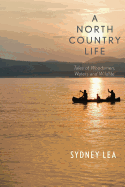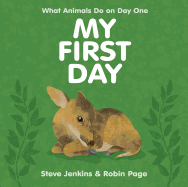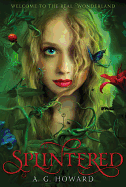Upon meeting John Kenney briefly in a receiving line once in Lhasa, the Dalai Lama is said to have turned to his assistant and asked "Who is that remarkable man? His stillness is awesome. But his palms were really sweaty." That man, of course, was John Kenney. We say "of course" because we told you that in the first sentence. And we were lying.
Take 2:
John Kenney did many of the things most people do before a certain age, including school, sports, summer camp, and federal prison. He is no different from many of the people you might see on a city street or in an airport, though upon seeing him you might say, "Why isn't that man wearing pants?" There is no language he does not speak fluently. This is also a lie.
Once more:
John Kenney got his start in advertising in Boston, after failed careers as a caddy, plasterer's assistant, busboy and nanny. He worked for Ogilvy & Mather in New York for nearly 10 years. His writing has appeared in the New Yorker, the New York Times and the Los Angeles Times, and is included in the New Yorker's anthology of its best humor writing, Disquiet, Please! He lives in Brooklyn, N.Y. Truth in Advertising is his first novel.
Truth in Advertising pokes fun at (and often skewers) the advertising industry, yet there are many other moments where a valid case is made for it being an underappreciated art form. What is your feeling about the artistic value of advertising?
Let me start out by saying that, having worked for many years in advertising, I have a lot of respect for it. It put a roof over my head, fed my family. And some of the brightest, most creative people I've ever met work in the business. But there's also something really funny about advertising to me. The seriousness of a project for, say, Fritos. Dozens of highly educated people working nights and weekends to crack a creative brief for corn chips. Huge money and market share at stake. A lot of time you end up with pretty forgettable work. But then you see something that stops you and makes you think or laugh, that touches you, maybe. Definitions of art get tricky for me, in large part because no one in America knows less about art that I do. I know what I like. I know what moves me. But I'm not sure I'd call advertising art. But I do think there are people in it--writers, art directors, commercial directors--who are doing remarkable work, work that certainly makes a lasting impression.
What were the challenges you faced in switching from short-form copywriting to long-form novel? Conversely, what were the rewards?
In my experience it's not all that different. Writing is writing. Really well-crafted print ads or TV scripts take time. That said, the novel is daunting. The length of it. I learned to write fast in advertising, under deadline. That's a very helpful thing. I'm not saying that what I put down was always good. But it got me started, gave me something to work with. The rewards were that, once I got going, once the characters began to speak for themselves, the story finding itself, I didn't have to find a way of working a product in. Coming from an advertising background, where clients dictate what you can say, being able to say anything you want is very liberating.
While the novel explores Fin's relationship with his abusive, absent father, the relationship between brothers (both by birth and by choice) is a resonant theme. Can you explain how this theme developed for you?
I'm from a family of six boys. I grew up in Boston, in a neighborhood that was home to lots of large families. The sibling relationships were something to watch. Family members who simply didn't get along, who passionately disliked each other. Fin has two older brothers and one older sister. But it's his oldest brother who he really looked up to, relied upon. They grow apart to the point where they stop mattering to each other. I find that fascinating and terribly sad. It's interesting because to me family is supposed to act like Navy SEALS on the battlefield--they just never leave you behind. What happens when they do, when these people who you once knew so well become strangers to you?
As the narrative moves forward, the present (the crazy Christmas diaper campaign), the immediate past (the break-up of Fin's engagement), and the distant past (Fin's family tragedy) are expertly revealed with progressively larger chunks of information and we see how they are all linked in Fin's psyche. How did you develop this structure?
Well, first, thank you for saying that. Structure is hard for me. I can be very myopic and stay in a scene too much. It's important to be able to pull way back and see the whole story from 30,000 feet. Many drafts, many failures. But I'd be lying if I said I sat down and plotted it all out. I'm not that smart. I can't see that far ahead. I think there are points in our life, times when vital events intersect and we need to make important choices, lasting choices. I was intrigued, the more I wrote, with the trauma of Fin's experience, how it was all coming to a head, while at the same time his life and work were forcing him to act in ways he was very uncomfortable with.
What was the most surprising thing you learned about yourself as a writer in the course of writing Truth in Advertising?
That's a hard question. There were periods of time--long chunks of time, a month, six weeks, two months--where I was unable to put a usable word on paper. It was very frustrating. I'd really lost the thread, the voice. It wasn't that I wasn't trying. I'd sit there and try to do the work, but the work was bad. But it changes. It changes if you keep doing the work. Perhaps that's what I learned. It's a long way from copywriter to novelist. I wasn't sure I had what it takes. I'm still not sure, because, to my mind, anyway, one book does not make a writer. But I know that I'm willing to do the work and try like hell. --Debra Ginsberg, author
The Journey from Copywriter to Novelist
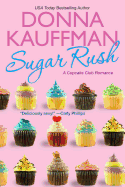 In Sugar Rush, the first installment in the Cupcake Club series by Donna Kaufman, Lani Trusdale walks away from her demanding job in an upscale New York City pastry shop and launches her own cupcake store on a remote island in Georgia. But Lani's dreams of a quiet life honing her baking chops are upended when her former boss, a high-profile TV chef, descends upon the town to woo his protégé by filming a segment of his top-rated cooking show in her cupcakery.
In Sugar Rush, the first installment in the Cupcake Club series by Donna Kaufman, Lani Trusdale walks away from her demanding job in an upscale New York City pastry shop and launches her own cupcake store on a remote island in Georgia. But Lani's dreams of a quiet life honing her baking chops are upended when her former boss, a high-profile TV chef, descends upon the town to woo his protégé by filming a segment of his top-rated cooking show in her cupcakery.


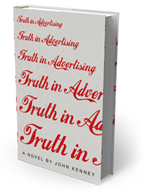



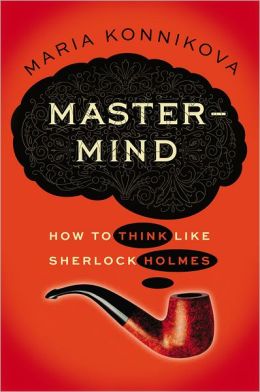 Book you're an evangelist for:
Book you're an evangelist for: